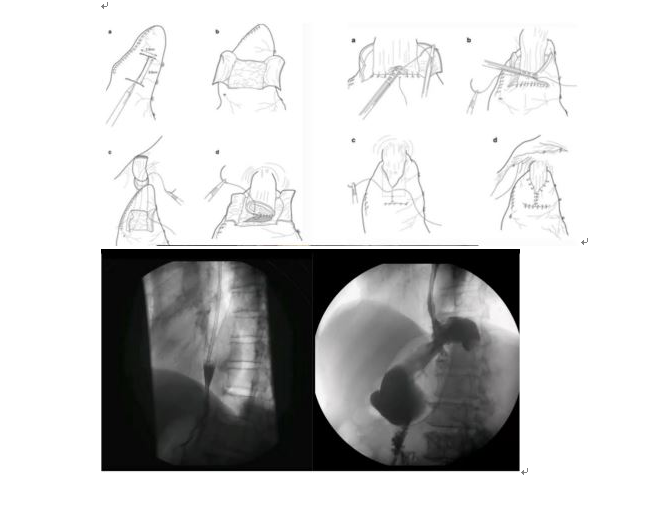Recently, Department of General surgery and Department of Thoracic Surgery from the First Affiliated Hospital of Xi’an Jiaotong University (XJTU) jointly performed the first case of Da Vinci robot-assisted proximal gastrectomy combined withesophagogastrostomy(Kamikawa anastomosis) in China. The patient has been well recovered and discharged.
The male patient received gastroscopy in our hospital due to gastric discomfort and was diagnosed with Siwert type II adenocarcinoma of esophagogastric junction. He was hospitalized in Department of Thoracic Surgery of our hospital. After explicit preoperative examinations, neither local invasion nor distant metastasis was found. The patient was classified as T1N0M0 IA stage. However, it could not be surgically resected under gastroscopy since the tumor has invaded into the submucosa with a diameter of > 2cm. Moreover, the patient had a history of bilateral emphysema due to smoking for over 40 years, and the lung function was assessed as moderate to severe ventilation dysfunction. The risk of surgical failure and postoperative pulmonary complications will be increased if conventional radical resection of esophagogastric junction cancer under thoracoscope was performed. The medical team led by Professor Fu Junke from Department of Thoracic Surgery, along with the team led by Professor Fan Lin from Department of General Surgery carefully evaluated the physical conditions of the patient and discussed the feasibility of different surgical plans. Finally, Da Vinci robot-assisted proximal gastrectomy in combination withesophagogastrostomy encircled by muscular flapwas determined. With the tremendous support from Department of Anesthesiology and Department of General Surgery, Professor Fan Lin spent 364 min in performing the surgery. Intraoperative blood loss was only 70mL. Five small abdominal incisions were created and no incision was made in the chest. The patient was well recovered for oral feeding and smoothly discharged at postoperative 9 d.

Kamikawa anastomosis was first reported by Muraoka, a prestigious Japanese scholar, in 2016. It is also known as double-flap anastomosis in China. After the proximal stomach issevered,the seromuscular layer of the anterior wall of the remnant stomach is incised approximately 3-4 cm below the incisional margin, two muscular flaps of roughly 3.5 cm×2.5 cm in size are created, the mucosal layer of the stomach is incised at the lower margin of these double flaps, the incisional margin of the esophagus is anastomosed with the mucosal layer and eventually these two muscular flaps are covered on the lower segment of the esophagus and the upper layer of the anastomotic opening. Kamikawa anastomosis can not only increase the high pressure area of the lower esophagus through double flaps and effectively prevent the incidence of reflux esophagitis, but also ensure sufficient supply of nutrients, which is especially suitable for patients with early-stage tumors of the esophagogastric junction and upper stomach. Nevertheless, this technique has not been widely performed at home and abroad due to the demanding standards of laparoscopic technique and high requirement of manual suturing. Da Vinci robot properly resolves these problems, which is highly applicable in Kamikawa anastomosis.